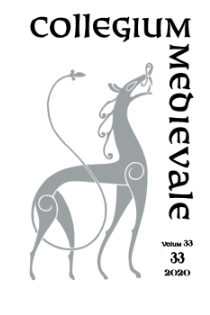Sammendrag
In 2017, Alexandra Walsham rightly observed a 'lingering fallacy that the Reformation was inherently antagonistic to Christian materiality' ("Recycling the Sacred: Material Culture and Cultural Memory after the English Reformation", Church History 86.4 (2017): 1121-1154, here p. 1122). In German literature, however, the 'preserving power of Lutheranism', has become something of a motto in (art-)historical scholarship since the late 1990s. The small but programmatic volume entitled Die bewahrende Kraft des Luthertums. Mittelalterliche Kunstwerke in evangelischen Kirchen ('The preserving power of Lutheranism. Medieval art works in protestant churches'), edited by Johann Michael Fritz (Regensburg: Schnell & Steiner, 1997), radically changed the narrative about the Protestant Reformation as an age of fundamental change to one of remarkable continuities, at least in art history. Medieval interior ensembles such as those found in Doberan abbey, Halberstadt Cathedral, St Laurence's parish church in Nuremberg and many country churches across Germany (between Franconia and Schleswig-Holstein) are indeed unparalleled in Europe. Outstanding examples outside Germany are found in several other areas that became Lutheran, in Scandinavia (Jutland, Scania, and Gotland) as well as Transylvania (Romania) and the Zips region (Slovakia). In his introduction, Fritz provocatively argued that such ensembles survived not despite, but rather thanks to the Lutheran Reformation. Frank Schmidt, in his chapter, cogently defined 'continued use', 'altered use' and 'non use' (in German: 'Weiter-', 'Um-' and 'Nichtnutzung') as the three principal factors that made that altarpieces, screens, pulpits, sculptures and fonts could live on in Lutheran churches.

Dette verket er lisensiert under Creative Commons Attribution-ShareAlike 4.0 International License.

